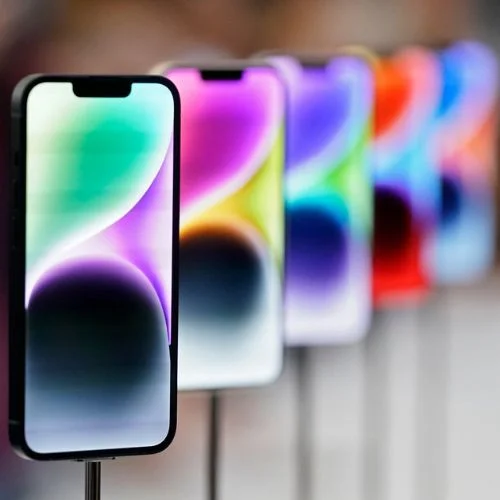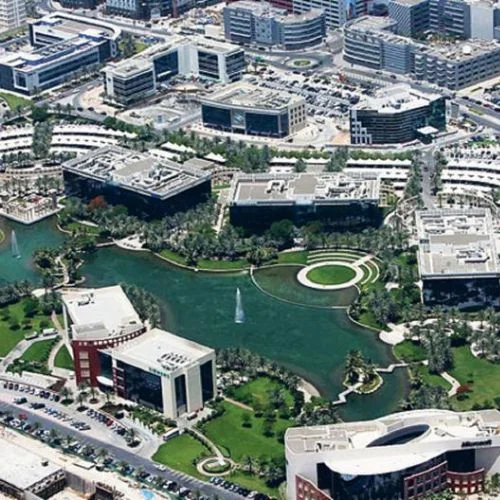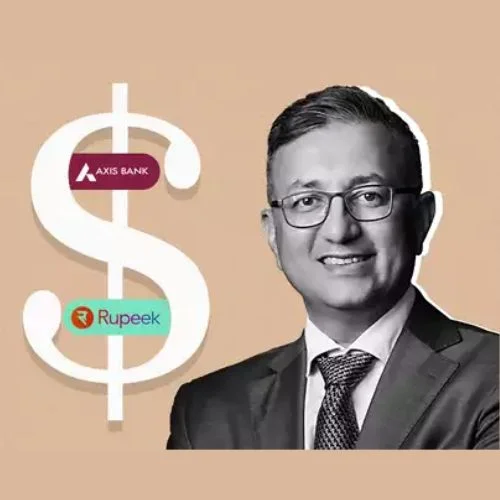Gujarat state in India is in negotiations with semiconductor businesses in Japan, South Korea, and the United States about investment, Gujarat Chief Minister Bhupendra Patel told Reuters on Thursday.
Gujarat, Prime Minister Narendra Modi’s home state, will host its annual Vibrant Gujarat Global Summit next week and has already inked preliminary investment deals totaling $86 billion with 58 firms.
The conference is anticipated to attract a record number of global and local investors in what is considered Modi’s major drive to encourage investment in the South Asian country only months before national elections in which Modi will seek a third term.
Gujarat is one of India’s top industrial states, contributing an estimated 8.3% of the country’s GDP, which it hopes to grow to 10% by 2030, according to Patel.
During the conference, the state government will focus on renewable energy, green hydrogen, and green ammonia, among other investment areas, he said.
Gujarat’s energy secretary also said that the state aims to attract up to 4 trillion rupees ($48 billion) in renewable energy investments over the next five years.
Semiconductors are materials with conductivity intermediate between conductors (usually metals) and nonconductors or insulators (most ceramics). Semiconductors may be pure elements like silicon or germanium, or they can be compounds like gallium arsenide or cadmium selenide. Small quantities of impurities are introduced to pure semiconductors in a process known as doping, producing substantial variations in the material’s conductivity.
According to Gartner, worldwide semiconductor sales are predicted to climb 16.8% to $624 billion in 2024. This follows a forecast 10.9% drop to $534 billion in 2023.
The memory sector is also expected to deliver 13.1% growth in 2024, according to WSTS. The memory industry is predicted to be worth over $130 billion in 2024, representing a 40% rise over the previous year.
According to IDC, the semiconductor industry will resume growing in 2024, with an annual growth rate of more than 20%. This is because of the slow revival of smartphone demand as well as the high demand for AI processors.
Several end sectors, including automobiles, consumer electronics, telecommunications, and industrial equipment, have an impact on the semiconductor industry.















